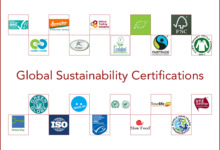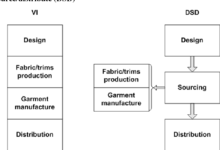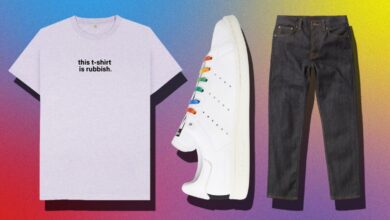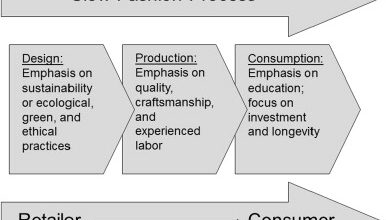The Future Of Biodegradable Clothes
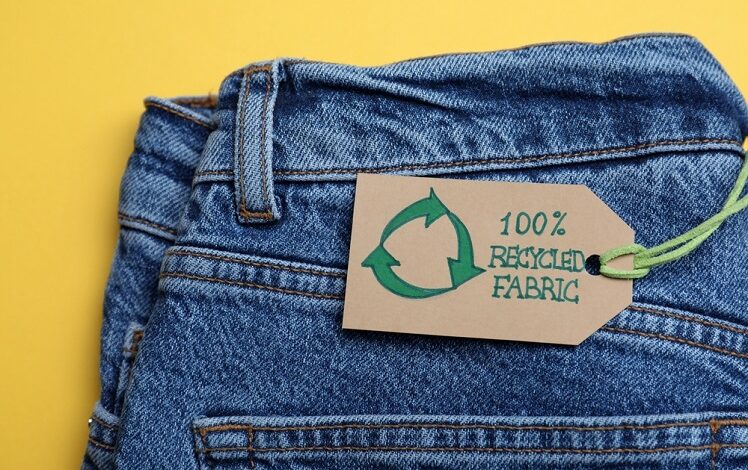
The Future of Biodegradable Clothes is a topic that is gaining significant attention in the fashion industry. As concerns about environmental sustainability continue to grow, consumers are seeking more eco-friendly alternatives to traditional clothing. At Chokerclub, we recognize the need for change and are dedicated to exploring innovative solutions. In this article, we will delve into the advancements in biodegradable clothing technology, the environmental impact of traditional clothing, and the challenges hindering the widespread adoption of biodegradable clothes. Join us as we explore the exciting potential for a more sustainable future in fashion.

I. What are Biodegradable Clothes?

Biodegradable clothes are garments made from materials that have the ability to break down naturally and harmlessly in the environment, without leaving behind any toxic residues. These fabrics are designed to minimize the negative impact on the planet, offering an eco-friendly alternative to traditional clothing. By using biodegradable materials, such as organic fibers and natural dyes, these clothes can decompose over time and return to the Earth, reducing the waste and pollution associated with the fashion industry.
The Benefits of Biodegradable Clothes
- Reduced environmental impact: Biodegradable clothes have a lower carbon footprint compared to traditional garments that are made from non-renewable resources and treated with harmful chemicals.
- Less waste: Since they can decompose naturally, biodegradable clothes contribute to reducing the amount of waste that ends up in landfills or oceans.
- Healthier for the wearer: Biodegradable fabrics, such as organic cotton or hemp, are often grown without the use of pesticides or synthetic fertilizers, making them gentler on the skin.
The Challenges of Biodegradable Clothes
- Higher production costs: Biodegradable materials can be more expensive to produce, leading to higher retail prices for eco-friendly clothing options.
- Limited availability: Biodegradable clothes may still be less accessible compared to conventional garments, as the production and distribution networks for sustainable fashion are still developing.
- Consumer awareness and education: Many consumers are still unfamiliar with biodegradable fabrics and their benefits, which can hinder the demand for these eco-friendly alternatives.
II. Advantages of Biodegradable Clothes
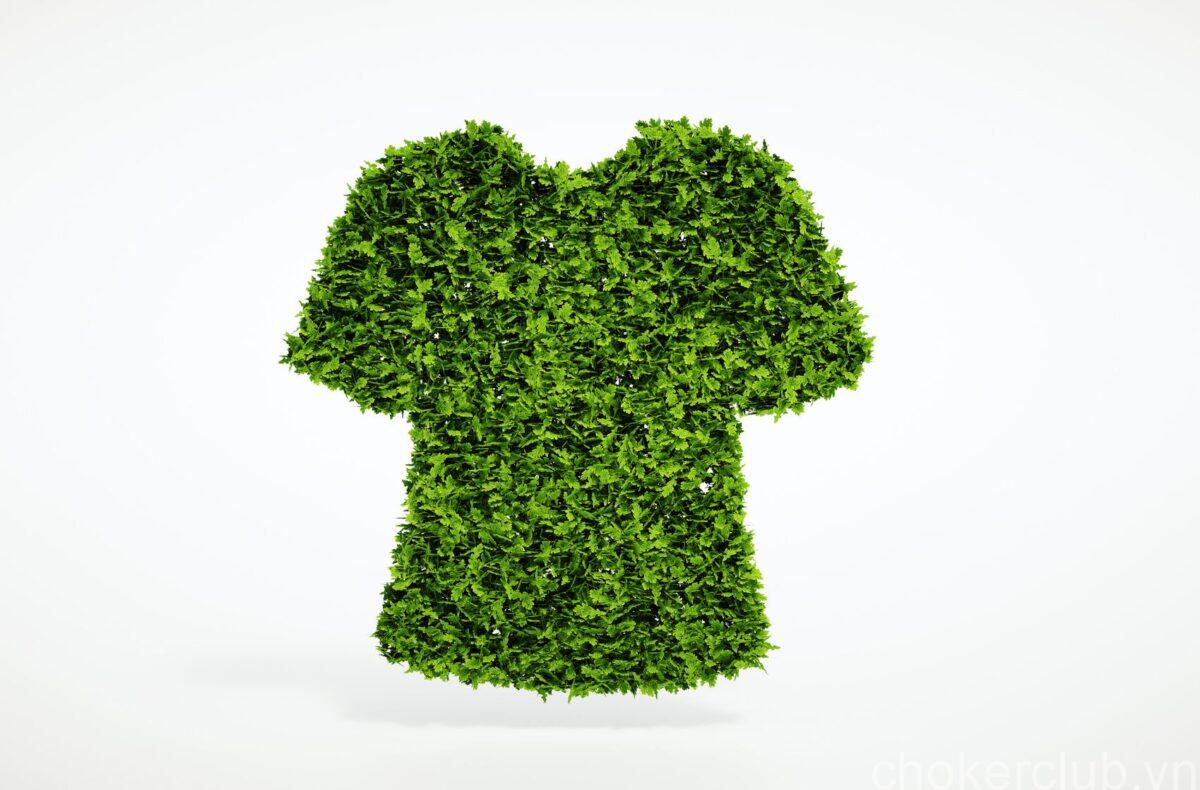
1. Environmental Sustainability
Biodegradable clothes offer a significant advantage in terms of environmental sustainability. Unlike traditional clothing made from synthetic fibers, which can take hundreds of years to decompose, biodegradable fabrics break down naturally in a much shorter span of time. This reduces the accumulation of textile waste in landfills and contributes to a cleaner and healthier environment.
2. Reduced Carbon Footprint
The production of biodegradable clothes generally requires fewer resources and energy compared to conventional textiles. By utilizing materials that are derived from renewable sources such as bamboo, hemp, or organic cotton, the carbon footprint associated with the manufacturing process is significantly reduced. This sustainable approach helps to mitigate the negative impacts of fashion on climate change.
3. Biocompatibility and Skin Health
Biodegradable fabrics are often hypoallergenic and gentle on the skin, making them an excellent choice for individuals with sensitive skin or allergies. These clothes are typically free from harmful chemicals and toxins commonly found in synthetic materials, which can cause skin irritation or allergic reactions. By opting for biodegradable apparel, you can prioritize both fashion and your skin health.
4. Versatility and Durability
Contrary to the misconception that biodegradable clothes are limited in terms of style and functionality, these eco-friendly garments are becoming increasingly versatile and durable. The advancements in fabric technologies have paved the way for the creation of biodegradable materials that are as fashionable and functional as their traditional counterparts. Whether it’s for everyday wear or special occasions, biodegradable clothes offer a sustainable and stylish option without sacrificing durability.
5. Supporting Sustainable Fashion
By choosing biodegradable clothes, you are actively supporting the shift towards a more sustainable fashion industry. Your decision to purchase and wear eco-friendly garments sends a powerful message to brands and designers, encouraging them to prioritize ethical and environmentally responsible practices. Together, we can drive the demand for biodegradable clothing and promote a more conscious and responsible approach to fashion.
III. Challenges with Biodegradable Clothes
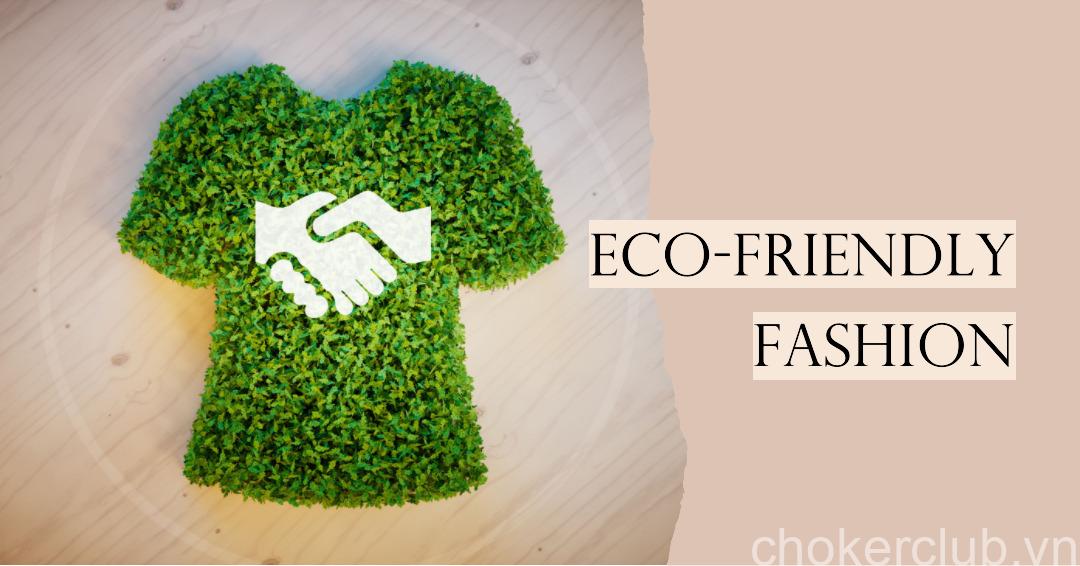
1. Cost and Accessibility
One of the main challenges with biodegradable clothes is their cost and accessibility. Currently, biodegradable fabrics are often more expensive to produce compared to traditional materials. This cost is typically passed on to the consumers, making eco-friendly clothing less affordable for the average shopper. Additionally, biodegradable clothing might not be readily available in all markets, limiting accessibility for consumers who are interested in making sustainable fashion choices.
2. Durability and Performance
Another challenge is the durability and performance of biodegradable clothes. Some biodegradable fabrics may not be as durable as their synthetic counterparts, meaning they may not withstand frequent washing, abrasion, or other everyday wear and tear. Consumers may be hesitant to invest in clothing that may not last as long or maintain its quality over time. Furthermore, the performance of biodegradable fabrics in extreme weather conditions or specialized applications, such as athletic wear, can be a concern.
| Challenges | Impact |
|---|---|
| Cost and Accessibility | Higher prices and limited availability for consumers |
| Durability and Performance | Potential issues with wear and tear, and performance in various conditions |
| Garment Care | Special care instructions may be required for biodegradable fabrics |
| Education and Awareness | Lack of knowledge and awareness among consumers |
3. Garment Care
Biodegradable fabrics may also require special care instructions compared to traditional clothing. Some biodegradable materials may be more sensitive to certain cleaning processes, such as high heat, harsh chemicals, or certain types of detergents. This can be a challenge for consumers who are not accustomed to handling and maintaining garments with specific care requirements. Education and awareness around proper garment care for biodegradable fabrics will be essential to maximize their lifespan and sustainability benefits.
4. Education and Awareness
Lastly, a significant challenge lies in the education and awareness surrounding biodegradable clothes. Many consumers may not be familiar with the concept or benefits of biodegradable fabrics. This lack of knowledge can lead to hesitation or skepticism when considering making sustainable fashion choices. Creating awareness through education campaigns, collaborations with influencers, and informative content can help bridge this information gap and encourage wider adoption of biodegradable clothing.
IV. Current Developments in Biodegradable Clothing Technology
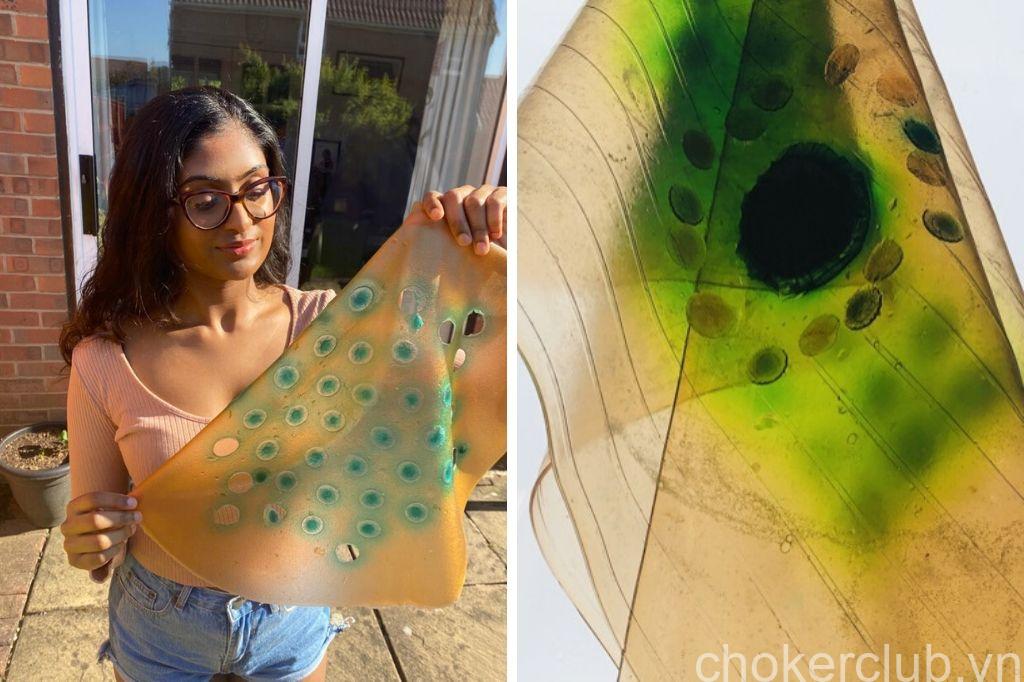
| Advancements in Biodegradable Clothing Technology | Key Benefits |
|---|---|
| Sustainable Fabric Innovations | – Reduces reliance on non-renewable resources – Minimizes waste and pollution – Provides biodegradable alternative to traditional fabrics |
| Biodegradable Dyes | – Eliminates harmful chemicals in textile dyeing – Biodegrades naturally without polluting the environment – Promotes non-toxic coloration of clothing |
| Biodegradable Garment Finishes | – Replaces synthetic chemicals with natural alternatives – Reduces long-term environmental impact of clothing – Ensures biodegradability throughout the garment’s lifecycle |
V. The Future Potential of Biodegradable Clothes
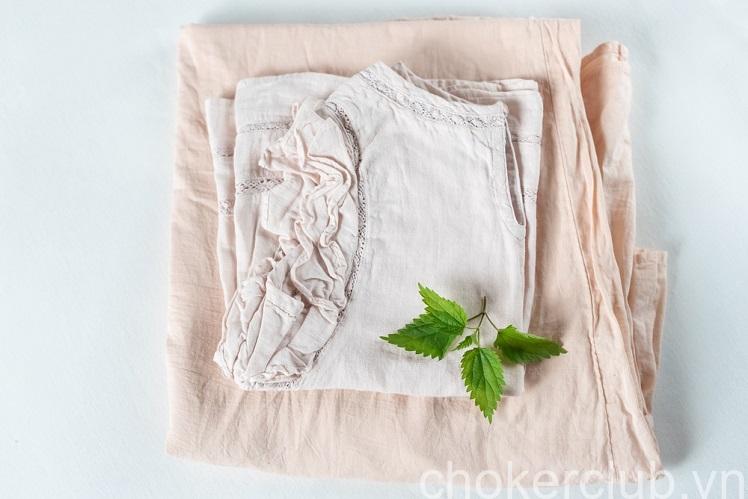
As consumers become more conscious of their environmental impact, the future potential of biodegradable clothes looks promising. With advancements in technology and materials, designers and manufacturers are exploring innovative ways to create garments that are not only stylish but also sustainable. Imagine a world where your wardrobe doesn’t contribute to landfills, where every piece of clothing you own can naturally decompose without harming the planet. Biodegradable clothes offer a solution to the environmental challenges posed by the fashion industry.
The Rise of Circular Fashion
Biodegradable clothes align with the principles of circular fashion, a concept that promotes a closed-loop system where materials are reused, recycled, or repurposed. Instead of the linear model of “take, make, dispose,” circular fashion aims to minimize waste and keep resources in circulation for as long as possible. Biodegradable fabrics play a crucial role in achieving this vision by offering an eco-friendly alternative to synthetic textiles that often end up in landfills, taking centuries to degrade.
Positive Environmental Impact
One of the significant advantages of biodegradable clothes is their positive environmental impact. Unlike traditional clothing made from synthetic materials like polyester, which release microplastics into oceans and harm marine life, biodegradable fabrics break down naturally and don’t pose a threat to the ecosystem. Furthermore, the production of biodegradable materials typically involves fewer chemicals and lower energy consumption compared to conventional fabrics, reducing the carbon footprint associated with fashion.
VI. Conclusion
In conclusion, the future of biodegradable clothes holds immense potential for a more sustainable fashion industry. As consumers become more conscious of the environmental impact of traditional clothing, the demand for eco-friendly alternatives continues to rise. The advancements in biodegradable clothing technology offer promising solutions to reduce waste and pollution in the fashion supply chain.
However, there are still challenges that need to be addressed before biodegradable clothes can be widely adopted. These include the scalability and affordability of biodegradable fabrics, as well as the need for greater awareness and education among consumers and industry stakeholders.
At Chokerclub, we are committed to embracing sustainable fashion and exploring innovative solutions. By supporting the development and adoption of biodegradable clothes, we can contribute to a more environmentally-friendly and socially-responsible fashion industry.
